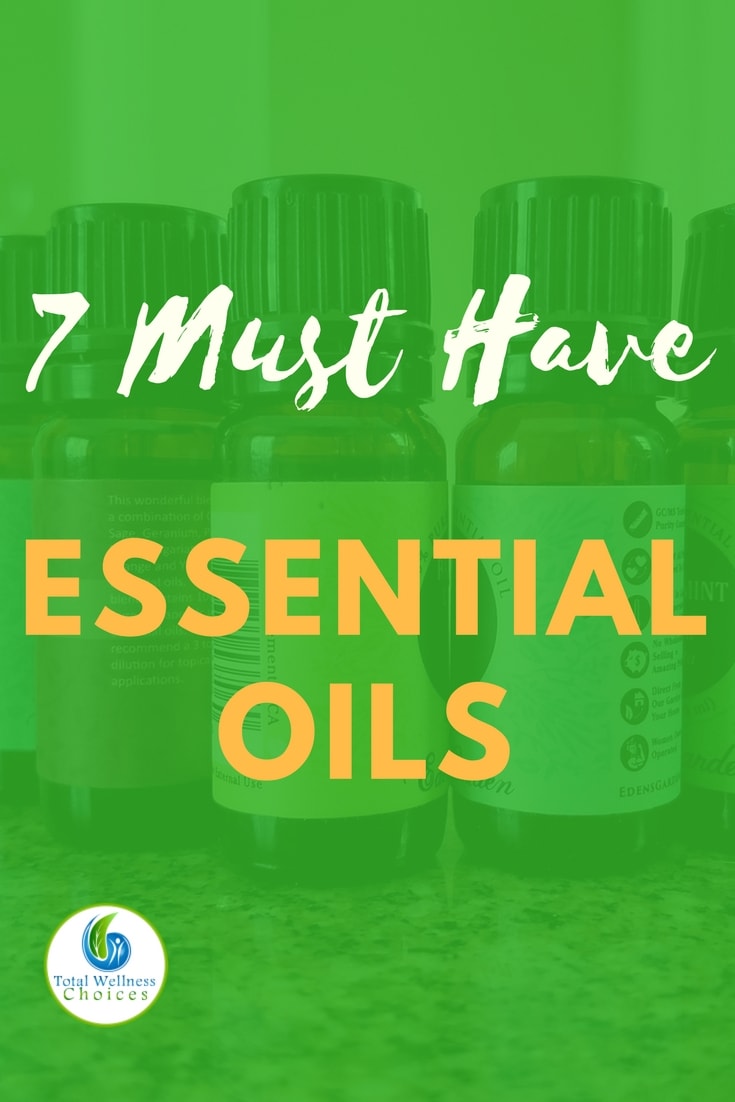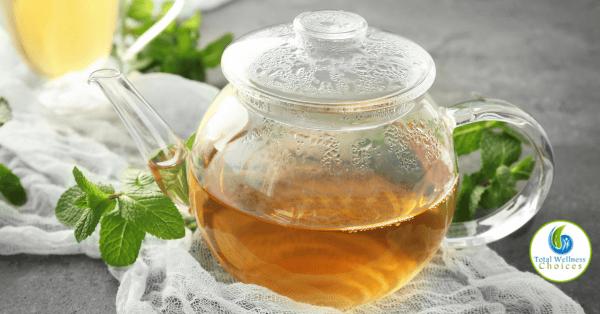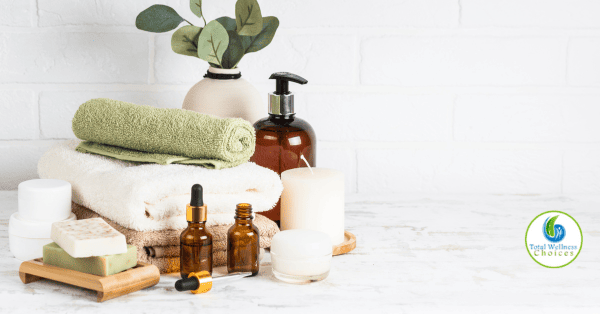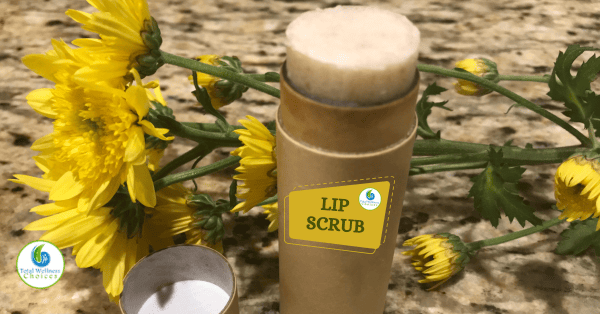8 Basic Essential Oils to Have at Home

DIY Wake Up Essential Oil Blend
March 7, 2018
Diy Dry Cracked Heels Remedy (Salve)
March 22, 2018Top Must Have Essential Oils for Beginners and Experienced Users!
If you are looking to sort through the numerous essential oils available, then you will find this list of 8 basic essential oils to have at home very helpful!
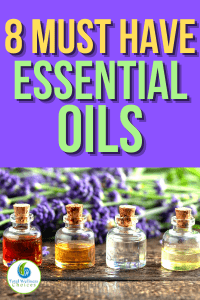
The daily routine of life can put your body through stress. And when you’re stressed, Mother Nature can be a cruel mistress.
Your mind ignores the strain that you put your body through. However, a little ache here and a little pain there and suddenly, you have a full-blown revolt.
Your skin breaks out. You can’t seem to get enough sleep. Or you just can’t keep a sandwich down.
You may want to opt for pharmaceutical drugs, but then again, you have drug resistance and other nasty side effects to deal with.
However, sometimes the body just needs a little oil and a little relaxation. (Okay, maybe a vegetable) And in comes essential oils.
What are they?
Essential oils are basically plant extracts. The essence of plants is said to be found in its oils.
Since man could self-medicate, oils have played a big role in alleviating bodily problems.
Presently, we seek to exploit every plant for its essence. (We even tried lemongrass)
Why Use Essential Oils?
Getting even a small amount of an essential oil requires the sacrifice of many a plant. Because of it, most essential oils will cost a pretty penny. However, your body, mind, and soul will thank you for it.
- They’re natural
- They have a myriad of uses
- They’re easy to use
- They work.
Here are 8 Basic Essential Oils to Have at Home:
#1. Lavender
Lavender is nature’s little darling plant. It is almost impossible to talk about essential oils without including the sweet essence of lavender oil.
Lavender contains high concentrations of linalool, linalyl acetate, eucalyptol, and camphor.
Ready to step out feeling confident? Mix with baking soda, a carrier oil and some water and voila, DIY deodorant.
Allergies acting up? Aches and pains got you feeling low during the day? Lavender oil will get you feeling A-okay.
Need to rest after your day out in the sun? Sprinkle a little in your bath water, soak the day’s stress away. It is also a great sleep inducer!
Always have a bottle of lavender at home to reap its anti-depressant, anti-spasmodic, pain reducing, stress relieving and healing properties.
Lavender is a very versatile oil that can be used for virtually everything and it is so mild that anyone can use it including children.
This is why it is #1 on this list of the basic essential oils to have at home!
Plant Therapy Lavender Essential Oil. 100% Pure, Undiluted, Therapeutic Grade 10 ml
#2. Lemon
Lemon reminds you of sun and fun, doesn’t it? Lemon has been incorporated in many products as a powerful cleaning and a healing agent.
Mixing it with olive oil makes a terrific polish for your furniture. With just the right amount of baking soda, lemon oil can scour away all those stubborn grease stains on your boards.
Lemon oil also works as great natural hand sanitizer. It helps to fight off colds and coughs as well as keep infections at bay.
In addition, if you need a good pick me up EO, then you may want to consider lemon. This is because its vibrant and energizing aroma helps to improve moods!
And mixed with sweet orange oil, it can calm you down during those anxiety attacks if incorporated in a bath.
However, you might want to keep away from the sun when using the cold pressed type of lemon essential oil on your skin. It can be phototoxic. (Note: If you use the steam distilled lemon like this one you do not have to worry as it is not phototoxic!)
#3. Tea Tree Oil
Australian Aboriginals have used tea tree oil to treat skin infections and damaged skin.
Tea tree oil is so powerful that a drop of it under the ear (diluted) is enough to treat those pesky ear infections that always seem to target children.
Other uses that make tea tree a must-have essential oil include Athlete’s Foot treatment, itching, as a shampoo and an acne remedy.
It has anti-bacterial, anti-fungal properties that make it effective for fighting infections.
Even though tea tree oil is considered one of the safest essential oils to use it can be irritating to the skin for some people.
If it has oxidized then it may cause sensitization and thus an allergic skin rash.
Oxidation is from the essential oil naturally degrading overtime, or being exposed to heat and oxygen. From the moment you open a new essential oil bottle you are exposing it to oxygen. If you don’t store in a cool environment and limit oxygen exposure it degrades faster!
#4. Peppermint
Plant Therapy USDA Certified Organic Peppermint Essential Oil. 100% Pure, Undiluted, Therapeutic Grade 10 ml In case you have not experienced the small joy that is peppermint, pick up some gum and get chewing.
In case you have not experienced the small joy that is peppermint, pick up some gum and get chewing.
Peppermint, when applied to the skin (diluted, never apply essential oil to your skin without dilution), provides quick pain relief.
Its medicinal value cannot be understated as it relieves fevers when applied on the bottom of feet.
It’s a terrific go-to product for nausea. If you’re having digestive issues, a little peppermint could go a long way in helping you feel better. It’s also a proven nasal decongestant.
Combine it with lavender and lemon oils and wave goodbye to respiratory allergies.
Peppermint is also generally safe to use on children over the age of five, making it one of the basic essential oils to have in your kiddie bag.
Keep away from a young child’s face as it can be neurotoxic when applied on, or near the face!
Avoid using if you have a history of cardiac fibrillation, or an inherited enzyme deficiency called G6PD deficiency.
#5. Eucalyptus
Eucalyptus is a globally recognized oil due to its prominence in vapor-rubs (Vicks anyone?)
Around the home, it can be used as a cleaning agent. It disinfects and clears out the air of any bad smells and has been found useful for people with weakened immune systems.
This wonder-tree was an invasive species from Australia that may have helped in warding off mosquitoes.
If you’re suffering from asthma or fibromyalgia, salves made with Eucalyptus oil can help when applied in the relevant areas.
Research has shown Eucalyptus essential oil can be helpful for bronchial asthma. However, please note that for some asthmatics Eucalyptus EO can cause an asthma attack! If you have asthma and have never used Eucalyptus EO it may be best to avoid!
It also works to relieve the pain associated with shingles.
However, although eucalyptus is one of the top basic essential oils to have, I do not use it on kids under 10 years old because it is too strong for them. I recommend using cedarwood for children between 5 and 10 years of age instead!
Eucalyptus is another EO that should not be used on or around a young child’s face due to respiratory concerns.
Caution using this essential oil should be taken by those with asthma.
#6. Virginian Cedarwood
Virginian Cedarwood is a great substitute for Eucalyptus EO. It is especially useful for children who may have respiratory symptoms; such as, cold or cough.
It can be blended into an unscented lotion and rubbed on the upper chest to relieve congestion. May be used on a child over five years of age.
It is not just useful for respiratory symptoms, but also has a sedative effect which can be used to calm one during a stressful time.
Another great reason to include this essential oil in your must have oils is due to it’s skin healing properties.
You can add into a carrier oil with another skin healing oil, such as, helichrysum, and use on bruises, minor cuts and scrapes.
It can also be mixed with lavender EO (added to carrier oil) and applied on superficial skin fungal infections.
There are other uses for this wonderful oil. Due to Cedarwood’s astringent, antiseptic, and antimicrobial properties it is thought to be useful in skin care products for acne, and even hair growth.
Check with your doctor first if pregnant or breastfeeding.
#7. Clove
Clove oil is particularly essential if you and the family love your food, but your digestive tracts don’t love you back.
It helps to alleviate digestive problems as well as toothache and gum disease. Clove can also provide immediate pain relief for swellings and arthritic pain.
It may be the key to treating water-borne ailments such as dysentery, cholera, and diarrhea. Include it in your travel pack if you have a sensitive stomach.
Clove EO can cause skin or mucous membrane irritation or allergic skin rashes in some people. Don’t use on sensitive skin, or if it is not intact. Small dilution percentage is recommended – up to 0.5% (1 to 3 drops in 1 ounce/30 ml carrier oil).
It is not recommended for young children (under age 10). It also is not recommended during pregnancy.
#8. Oregano
Oregano is not an oil you see every day. However, oregano oil is a hidden gem, and thus it is on our list of top 7 basic essential oils to have at home.
Oregano EO is extremely powerful and should NOT be used by pregnant mothers.
It also is not recommended in children under the age of two. (I don’t recommend topically applying essential oils until a child is five and older). For children between 5 and 10 a very low dilution is recommended – 0.25 to 0.5% (1 to 3 drops in 1 ounce/30 ml carrier oil).
It can be used for herpes, warts, candida, shingles and cysts.
If you live in a high-traffic area, mixing it with water makes an excellent repellant for crawling insects.
You might want to put some gloves on when using this oil as it can easily irritate the skin.
Don’t use Oregano EO on skin that is injured, diseased, or hypersensitive.
Always do a patch test before applying essential oils on your skin and follow the recommended dilution ratios to improve efficacy.
And seriously, don’t get any in your eye.
Click Here to Get Your FREE Essential Oil Dilution Chart!
It is important to research the oil you plan to use to see if it is right for you – noting possible contra-indications, etc.
For more information on safety when using essential oils look here:
- 8 Essential Oil Dangers and Risks
- How to Dilute Essential Oils for Topical Use
- Essential Oils that are Safe for Kids
- Essential Oils to Use During Pregnancy
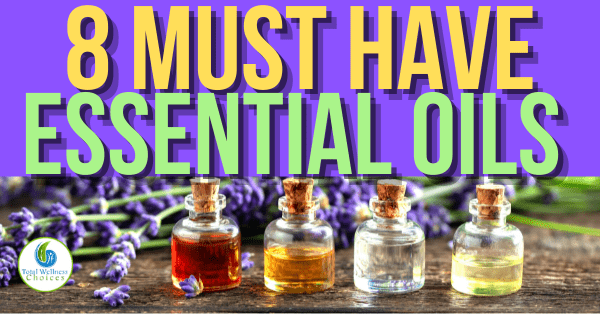
These statements have not been evaluated by the Food and Drug Administration. This article is for educational and informational purposes only and does not intend to diagnose or treat any disease. It is always recommended that you seek the advise of your private medical doctor.



